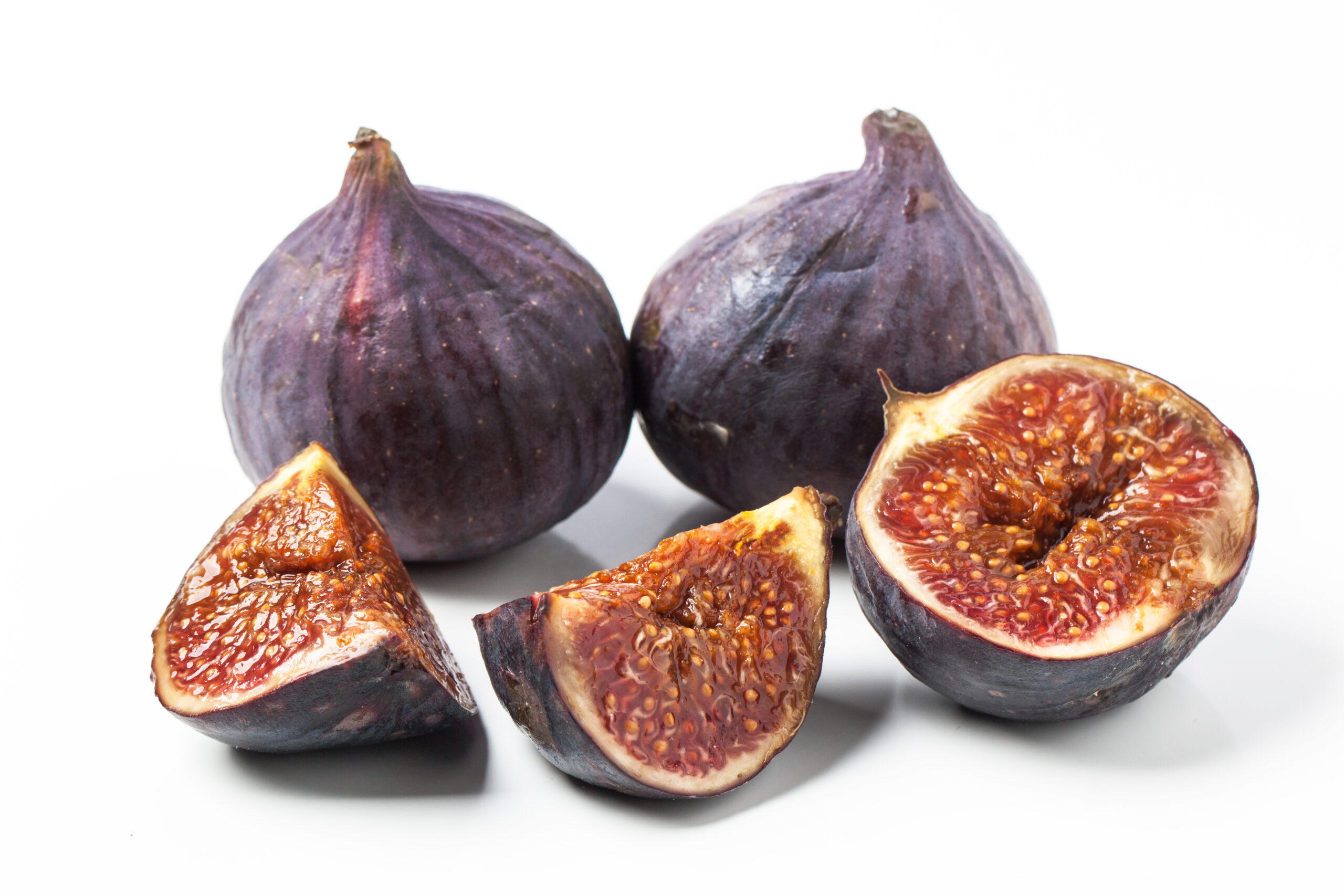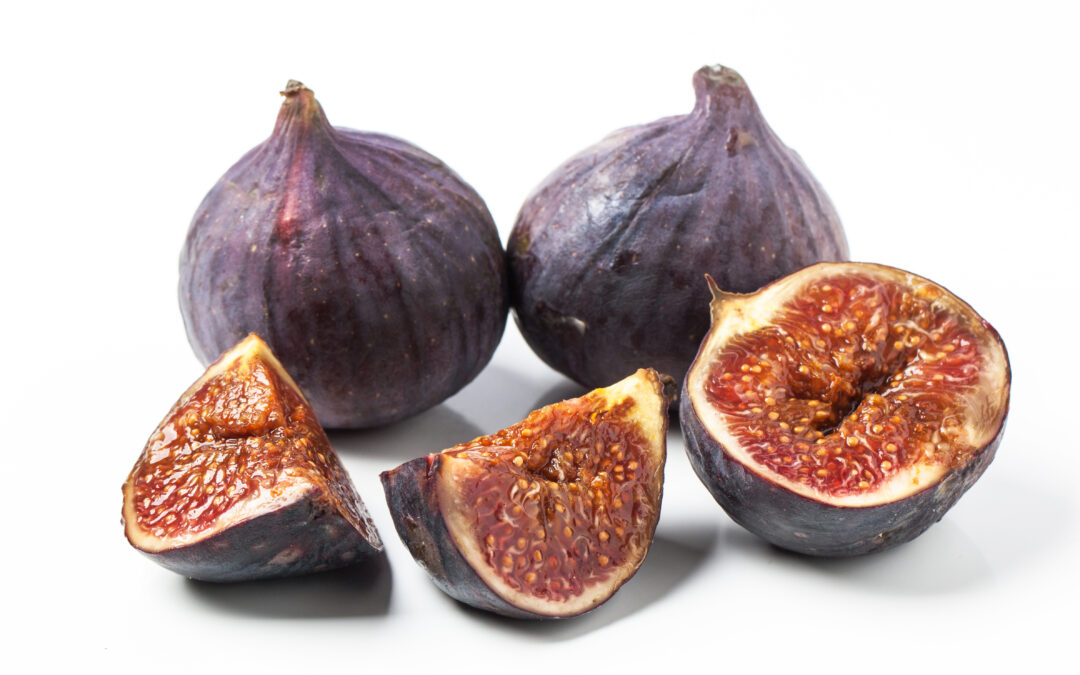Are you ready to embark on the exciting journey of home farming? If yes, then this beginner’s guide is just what you need. In this post, we will cover everything from choosing the right plants and animals for your farm to harvesting and preserving your homegrown crops. Let’s get started!
Introduction to Home Farming:
Home farming is a great way to grow your own food and live sustainably. It involves growing vegetables, fruits, herbs, and raising small animals such as chickens or goats in your backyard. With the increasing demand for organic produce and concerns about the environment, more people are turning to home farming as a viable option.

Choosing the Right Plants and Animals for Your Home Farm:
The first step in starting your home farm is selecting the right plants and animals that suit your climate, soil type, and space availability. You can start with easy-to-grow vegetables like tomatoes, lettuce, spinach, radishes, and carrots. For fruits, consider planting berries, apples, peaches, plums, and apricots. Herbs like basil, rosemary, thyme, sage, and mint are also popular choices. When it comes to animals, chickens are an excellent choice for beginners as they require minimal space and provide fresh eggs daily. Goats are another good option if you have enough land as they can be used for milk and meat production.
Building and Maintaining a Sustainable Ecosystem:
A sustainable ecosystem is essential for a successful home farm. You should focus on building healthy soil by adding compost, manure, and other natural fertilizers. Use crop rotation techniques to prevent pests and diseases, and attract beneficial insects like ladybugs and lacewings. Consider installing rain barrels to collect water during rainy seasons and use it for irrigation purposes. Also, make sure to maintain proper drainage to avoid flooding and erosion.
Harvesting and Preserving Your Homegrown Crops:
Once your crops are ripe, it’s time to harvest them. Make sure to pick them at their peak ripeness to ensure maximum flavor and nutrition. You can preserve your excess crops by canning, freezing, drying, or fermenting them. Canning is ideal for fruits and vegetables while freezing works well for meats and fish. Drying is perfect for herbs and spices, and fermenting is great for making sauerkraut, kimchi, and other probiotic-rich foods.
In conclusion, home farming is not only rewarding but also helps you live a sustainable life. By following these tips, you can start your own home farm and enjoy the benefits of growing your own food. Good luck!
Related Content
- Go Green and Save Some Green: How to Make Your Home Farm More Sustainable
- Self-Sufficiency 101: Tips for Living a More Independent Life
- How Backyard Chickens Can Transform Your Self-Reliance
- Tuesday’s Tip: Don’t try to go it alone.
- Raising Livestock in the Backyard: How to Care for Chickens, Goats, and Other Animals on a Small Homestead





